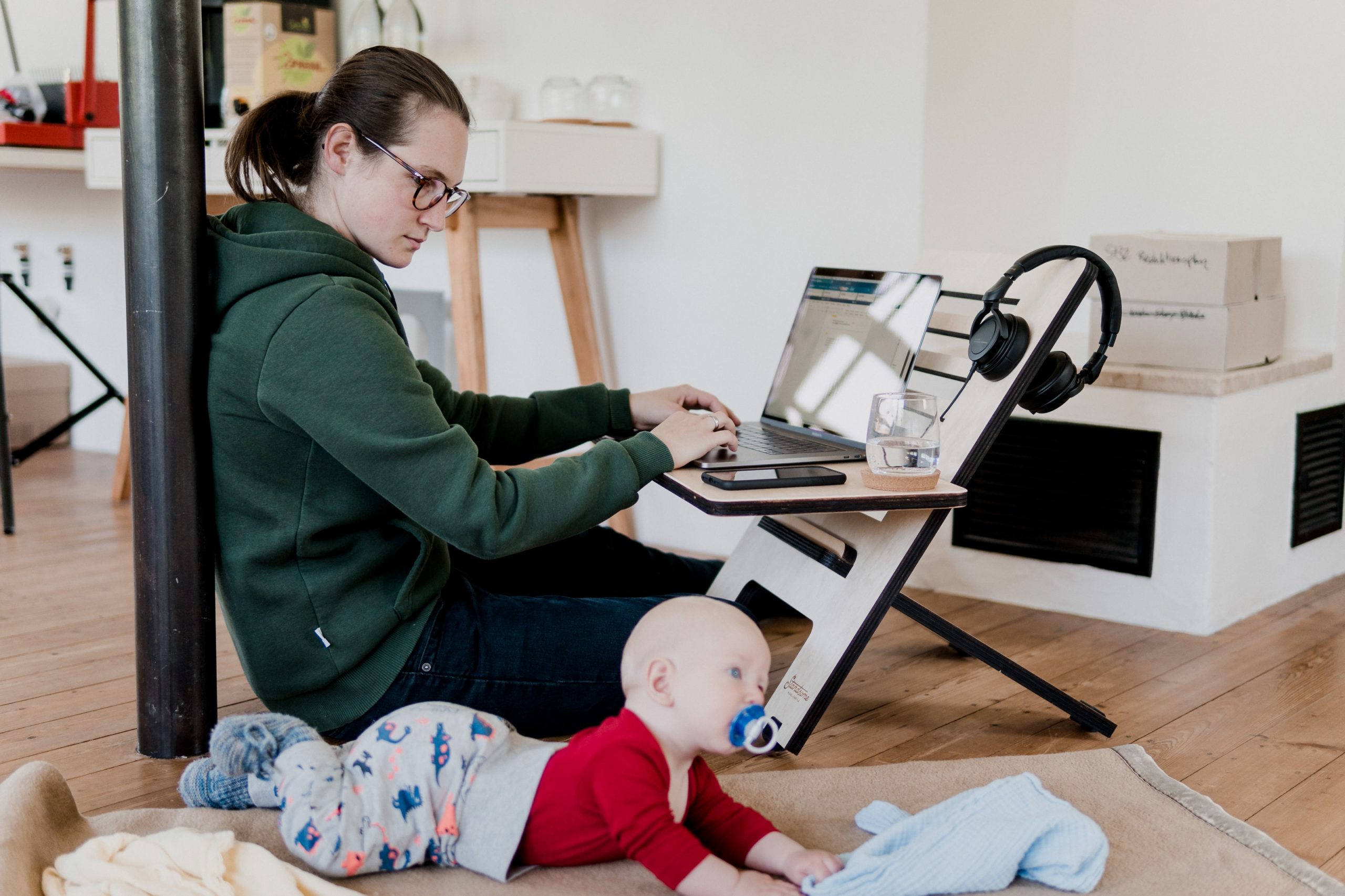The pandemic has forced many families to rethink how they balance caregiving, school, and work with limited resources—though for college students with children, this was the reality long before COVID-19. Right now, being a student parent during a pandemic is stressful, threatening progress towards college completion. Student parents are trying to stay afloat amid a lack of access to educational technology, child care center closures, job losses, and efforts to keep families healthy and safe from COVID-19. Congress needs to act now to support student parents and avoid further pandemic related educational interruptions by providing relief for those at community colleges.
“I can’t pay for therapy out of pocket because it’s about $1,300 a month.” – Robin Navas, single mom to a 6-year-old son with autism. She is expected to graduate from her health program Fall 2021.
| The Pandemic is Likely Hitting Student Mothers the Hardest | ||
|---|---|---|
| 2.7 million student parents are mothers | 1.7 million are single mothers | 1.4 million student mothers have children under six (IWPR NPSAS 2016) |
“The plan was for me to go back to school when he started kindergarten. That would have given me the time to have clinicals or study during the day because [my son] wouldn’t be home. That all changed due to COVID because now he is starting kindergarten this fall but it’s all virtual and I haven’t applied to the nursing program.” – Latina mother of two working toward her degree at a community college.
Student Parents at Community Colleges
Nearly 1 million community college student parents left without a degree—making up 61 percent of parenting community college students

With 1.6 million community college students raising children, community colleges must continue to adapt their approach to engage, educate, and graduate student parents. Community colleges have always been at the forefront of providing holistic supports for marginalized students, including student parents. New fall 2020 enrollment data, however, show that community college enrollment is down by nearly ten percent from fall 2019, with declines particularly steep among Indigenous (down 21 percent) and Black (down 19 percent) community college students. Since a significant share of student parents are enrolled in community college, and given the fact that Black and Indigenous women in college are particularly likely to be mothers, student parents may be disproportionately experiencing declines in enrollment as a result of the pandemic.
| Student parents of color may be disproportionately affected by COVID-19 |
|---|
|
“I used to schedule my classes while my child was in school. Now with the coronavirus, I don’t know how I am going to do that; I’m still trying to figure that out.” – Robin Navas, community college student and single mom
Prior to the pandemic, campus-based child care was in decline, especially at community colleges, which experienced a 10 percent decline from 2002-2017. But now, COVID-19 has forced many colleges to rely on virtual learning, causing many college child care centers to pause operations, furlough their staff, or close permanently. These experiences echo patterns in the child care sector more broadly; the U.S. child care system has been hit hard by the pandemic, with the country at risk of losing as many as 4.5 million child care slots as a result. Recovery from the pandemic and current economic recession demands new federal investment in universal and accessible child care to help families access affordable, high-quality child care regardless of income—this investment must also address the care needs of mothers pursuing a college education, given that evidence suggests that student parents are more likely to graduate on time when they use campus-based child care.
“Even with restrictions that lower the capacity of spaces due to COVID-19, we are struggling to enroll student parents’ children and fill slots.” – Lisa Neumann, Director, Center for Families at Edmonds College
In addition, as Congress debates the next stimulus package to help the country cope with the devastation of COVID-19, increased funding for public colleges is essential to help increase their ability to serve and support student parents. In contrast to how funding is currently allocated, a more equitable model would base funding allocations on total head count rather than the full-time equivalent enrollment, since many students with high need—including student parents—are more likely than others to attend college part time. This method would also provide more equitable stimulus funding to institutions, including community colleges, where student parents are more likely to be enrolled.
Looking ahead, student parents need clear, supportive pathways to come back to campus if they must take a break from enrollment due to COVID-19.
New pandemic stimulus funding should…
- Earmark funds for colleges that provide students with on-campus child care services and/or support accessing off-campus care options, particularly at community colleges, in addition to significant investments in the child care and early learning system more broadly;
- Prioritize students with children who have low incomes and high unmet financial need for emergency financial aid;
- Create a more equitable funding allocation for higher education institutions based on total head count rather than the full-time equivalent enrollment; and
- Invest in adult reengagement and student parent support programs that will directly serve and prioritize student parents, especially those who have been laid off during the recession to enable them to re-enter the workforce.


